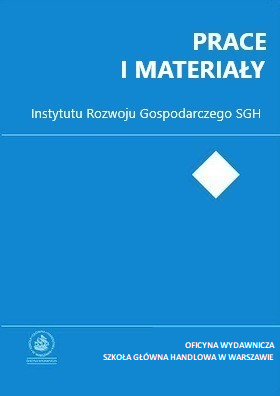The Evolution of Postwar Stabilization Policy
Main Article Content
Abstract
The aim of this paper is to review discussion on stabilization policy before and during Great Recession. Developments in macroeconomics downgraded the role of fiscal policy and upgraded that of monetary policy. There was widespread agreement that discretionary "counter-cyclical" fiscal policy has not contributed to economic stability and may have actually been destabilizing. Despite this widespread agreement, there has recently been a dramatic revival of interest in discretionary fiscal policy. The "Great Recession," triggered a large-scale fiscal policy response. Discretionary fiscal policy provides a way to stimulate the economy when aggregate demand and interest rates are low and when prices are falling or may soon be falling. A key dimension of fiscal policy during the financial crisis was massive support for the banking system. In the face of the recent financial crisis, central banks introduced unconventional policy. The success in reducing inflation and, consequently, the average level of nominal interest rates has increased the likelihood that the nominal policy interest rate may become constrained by the zero lower bound. When that happens, a central bank can no longer stimulate aggregate demand by further interest-rate reductions and must rely on "non-standard" policy alternatives. Such actions attempt to exploit additional instruments of central bank policy that go beyond the traditional monetary policy instrument. The objectives of these measures have varied across countries: offering additional stimulus to the economy; supporting market functioning; and managing cross-border capital flows. (original abstract)
